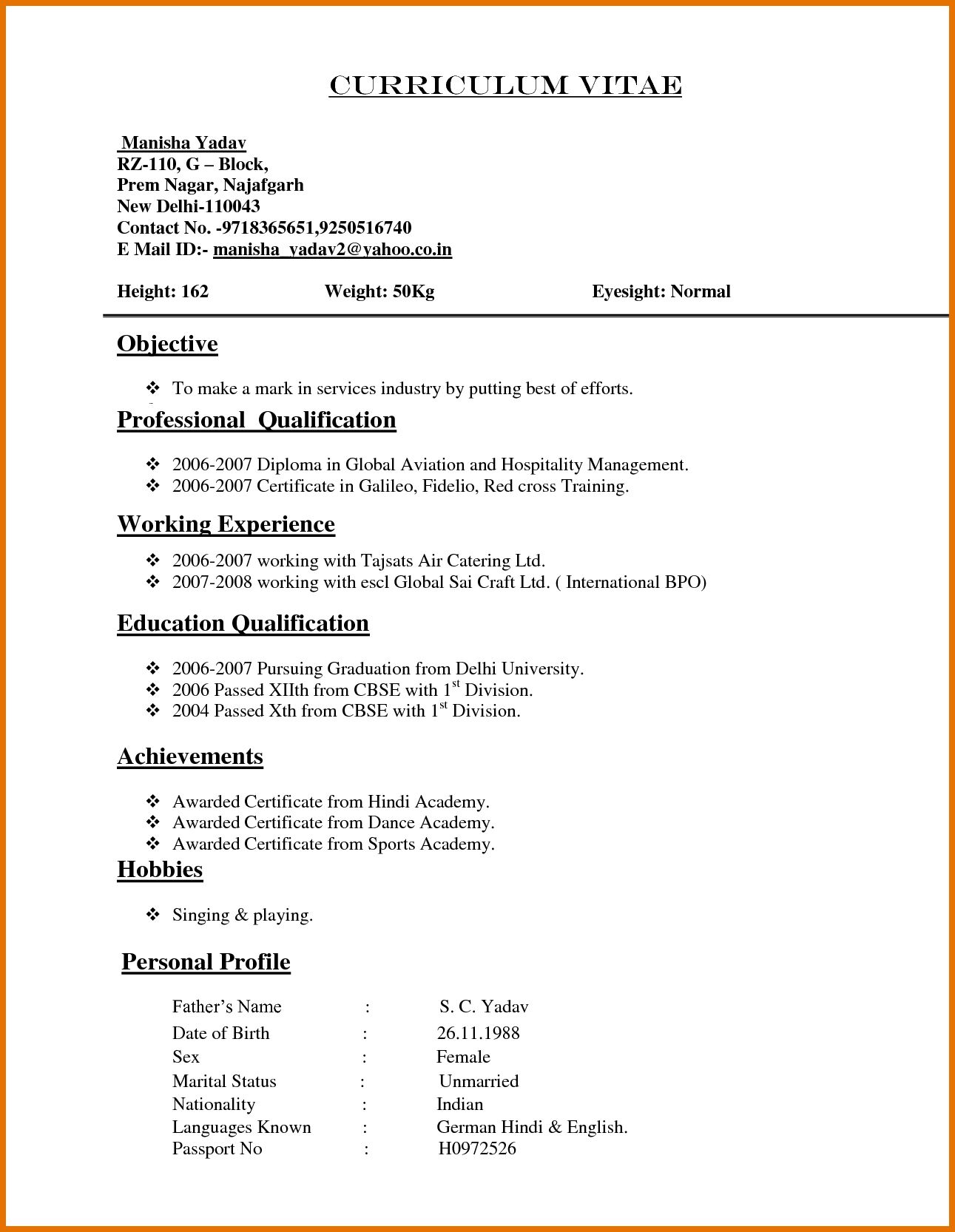In the world of CFD (Contract for Difference) trading, astute traders often seek opportunities to capitalize on price discrepancies, commonly referred to as “gaps.” These gaps occur when there is a noticeable difference between the closing price of one trading session and the opening price of the next. In this article, we explore the concept of “gaps” and how traders can strategically leverage them to potentially profit in the dynamic cfd trading.
**1. Understanding Price Gaps:**
Price gaps occur when the opening price of a trading session is significantly different from the closing price of the previous session. Gaps can be categorized into three types: common gaps, breakaway gaps, and exhaustion gaps. Common gaps are relatively small and often occur within the trading range, while breakaway gaps and exhaustion gaps signify potential trend changes.
**2. Identifying Gaps in CFD Charts:**
Traders can identify gaps by visually inspecting price charts. A gap is represented by an empty space between the closing price of one candlestick or bar and the opening price of the next. Gaps can occur in various timeframes, ranging from intraday charts to longer-term charts.
**3. Breakaway Gaps:**
Breakaway gaps often occur at the beginning of a new trend. Traders keen on identifying breakaway gaps can look for significant gaps accompanied by high trading volumes. Breakaway gaps can signify a strong shift in market sentiment and may present opportunities for trend-following strategies.
**4. Common Gaps:**
Common gaps are more frequent and tend to occur within the prevailing trading range. While common gaps may not indicate major trend changes, they can still provide short-term trading opportunities. Traders may consider these gaps as potential areas of support or resistance.
**5. Exhaustion Gaps:**
Exhaustion gaps typically appear near the end of a trend, signaling a potential reversal. Traders may observe exhaustion gaps after a prolonged uptrend or downtrend, suggesting that the prevailing trend may be losing momentum. These gaps can be critical for contrarian traders anticipating trend reversals.
**6. Trading Strategies for Gaps:**
Several trading strategies can be employed to profit from gaps in CFD trading. Gap filling strategies involve anticipating that the price will return to fill the gap. Breakaway gap strategies focus on riding the momentum of a newly established trend. Additionally, gap reversal strategies are designed to capitalize on exhaustion gaps by entering trades against the prevailing trend.
**7. Risk Management:**
While gap trading can be lucrative, it comes with inherent risks. Gaps can be triggered by unexpected events, such as economic announcements or geopolitical developments. Therefore, effective risk management is crucial. Traders should implement stop-loss orders to limit potential losses and size their positions appropriately.
**8. Stay Informed about Market Events:**
Being aware of scheduled economic events and major news releases is essential for gap trading. Sudden price gaps can be triggered by unexpected news, and staying informed allows traders to anticipate and react to potential market-moving events.
**9. Backtesting Gap Strategies:**
Before implementing gap trading strategies in live markets, it’s advisable to backtest them using historical data. Backtesting helps traders assess the effectiveness of their strategies and gain confidence in their approach.
**10. Continuous Learning and Adaptation:**
Market conditions and participant behavior evolve over time. Successful gap traders engage in continuous learning, adapting their strategies to changing market dynamics and refining their approach based on experiences.
In conclusion, minding the gap in CFD trading involves recognizing and strategically utilizing price discrepancies for potential profit. Whether traders are focusing on breakaway gaps, common gaps, or exhaustion gaps, a disciplined approach, combined with effective risk management, can enhance the likelihood of success in navigating the opportunities presented by gaps in the dynamic CFD markets.



